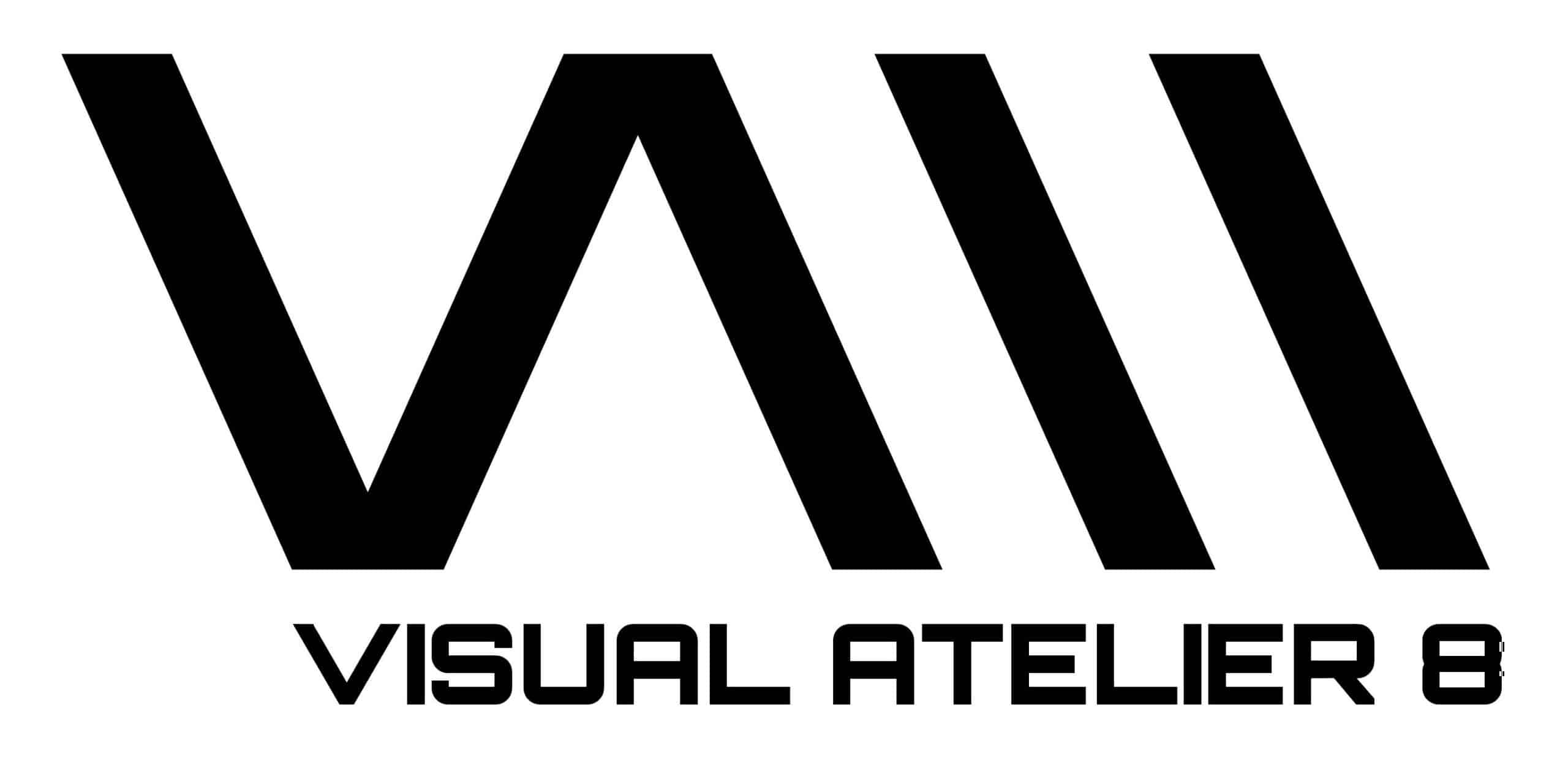
Liyang Museum by CROX is located in the southeast corner of Yan Lake Park in the new urban district, connecting an urban public space to the new nature.
The organic lines and undulating mountains compose melodious music in the mountain forest. An Open Attitude welcomes people from all directions. The perfect combination of terrain tells about landscape culture and creates an oriental poetic life. The Chinese instrument, Jiaoweiqin, is one of Liyang’s cultural symbols, that’s the origin to build the city’s temperament.
The architect C.R. Lin created the concept in the background of this story and transformed from historical antiquity into architectural form. According to a book of the Later Han dynasty: the story of Yong Cai writes—a man was burning paulownias to make dinner. Yong Cai passed by and heard wood cracking in the fire. He immediately understood it was a nice piece of wood and explained it to that man. He took out the wood from the fire and made a musical instrument by using it.


People were amazed by the beautiful sound of the instrument. The end of the wood was burned so it was called “Jiaoweiqin”. From an oriental point of view, architecture is seen as a part of the natural whole that contains both inner and outer space; a space that connects humans, earth, and the universe. The team has considered the relationship between melody and nature, human and architecture interaction, delivering a poetic visualization process of culture and life senses.
Design concept contains KEJING (visualize & sceneries), XUANGE (hang & sing), LIUZHUANG (flow), it helps to creates discussion of what is essential space and what is oriental architecture. Liyang Museum’s top part is a floating architecture. It feels like poetry, smooth and thoughtful. Its hollowed body contains “present, past, and future” exhibition halls. Its location beside a lake provides multiple access and crossing views, referring to the theory of architecture scholar Colin Rowe’s.


Liyang Museum’s design emphasizes buildings accessibility and a combination of multiple concepts. That floating architecture sits on hills. Hills become the museum’s bottom. Its organic shape blends and extends into the surrounding land. It feels natural and welcoming. People can visit architecture causally. The entrance plaza is located in the southwest, right under the museum’s floating body.
The plaza functions as the museum’s main entrance, connecting and bringing visitors to the museum’s central courtyard. The Central courtyard has its own climate. The team assumes it will become a popular meeting spot. At night, the water drop shaped patio sits on the top of the courtyard; acting as an open window to spreading light out into the sky. It sparks, attracting people’s attention.



